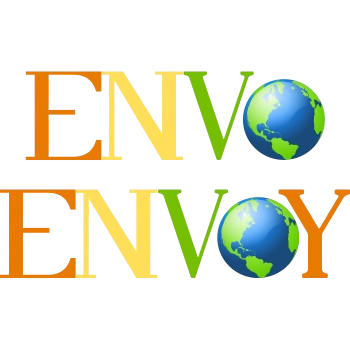With environmental issues like climate change and habitat loss growing, teaching kids how to care for the Earth is more important than ever. This article explores why ‘eco-literacy in education’ matters, how to bring it into classrooms, and the actual difference it can make.
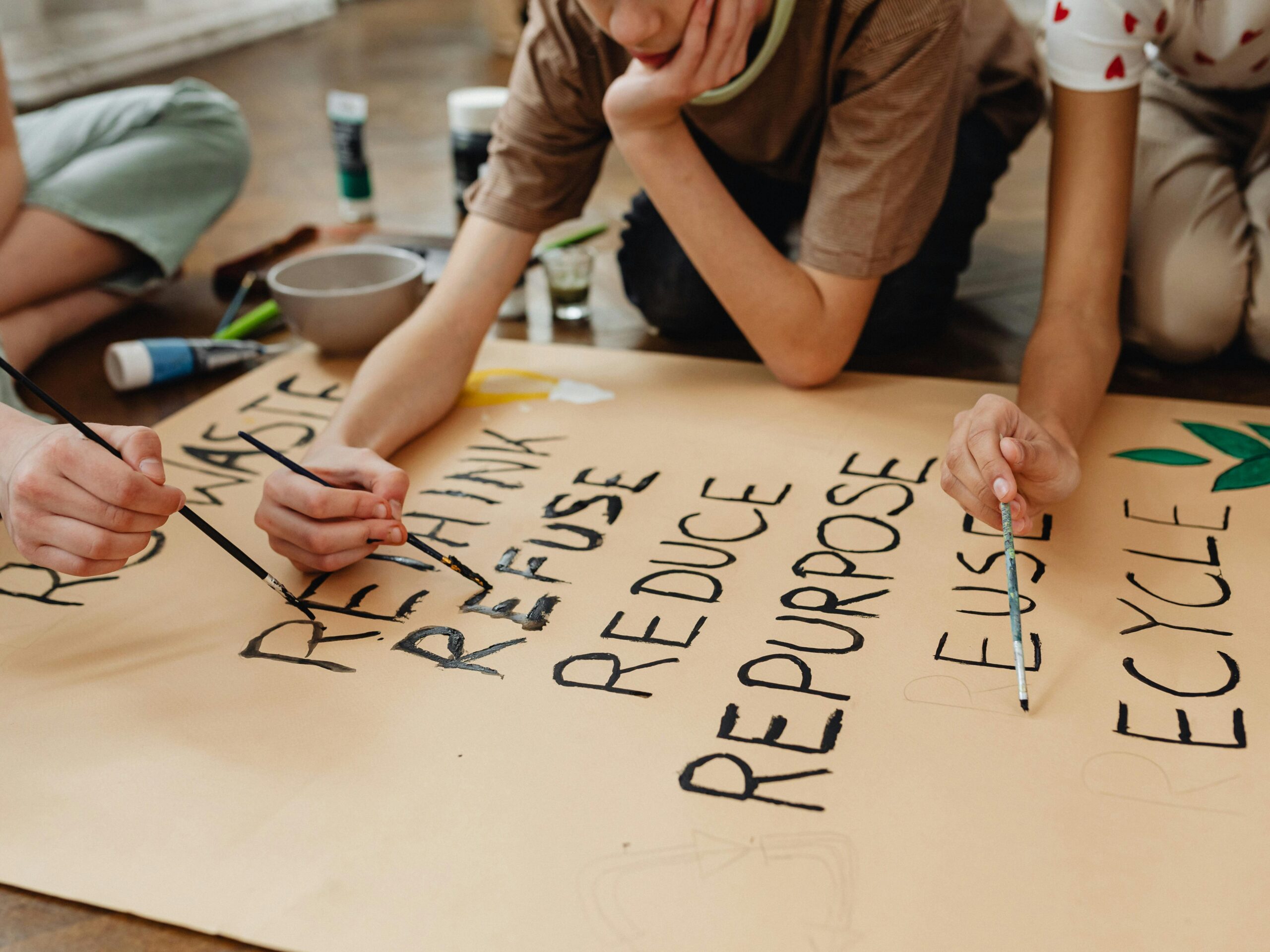
Understanding Eco-Literacy In Education
Eco-literacy, also known as ecological literacy, emphasizes the “well-being of the Earth” by understanding how natural systems work and how human actions affect them. It is interdisciplinary by nature, and involves knowing about ecosystems, biodiversity, and sustainability, and developing skills to make environmentally friendly choices.
However, eco-literacy in education is all about reaching the grassroot level through educational reforms, by helping students understand the natural world and their place in it. It’s the knowledge and skills that must be developed at early stages of life to teach the kids how to live in harmony with the planet.
The aim of bringing eco-literacy in education is to prepare leaders of the modern, digitized future, to be responsible stewards of the planet, especially given pressing issues like climate change and pollution.
How Is Ecological Literacy Different From Environmental Literacy?
Ecological literacy is a subset of environmental literacy, which focuses on key ecological knowledge for decision-making through scientific inquiry and systems thinking. While environmental literacy casts a wide net—covering climate policies, pollution statistics, and green attitudes—ecological literacy zooms in on nature’s way of playing out.
It’s about mastering the interconnectedness of ecosystems: energy flows, nutrient cycles, and the meticulous teamwork of species. A great way to understand the difference would be asking the “how” behind nature’s balance, and not just the “what” of environmental issues.
For example, an environmentally literate student might know recycling cuts landfill waste, but an ecologically literate one understands how that waste disrupts soil microbes and food webs. This sharper lens makes ecological literacy superior for solving problems with nature’s logic and understanding in mind, not just human fixes.
Why Is Eco-Literacy In Education Uncommon?
Unfortunately for us, eco-literacy in education isn’t standard fare, and that’s a puzzle worth cracking. Here are a few reasons I observed and synopsis over the course of my education:
- One big hurdle is the curriculum crunch—schools are packed with math, reading, and tech, leaving little room for green lessons.
- Teachers often lack training, too; many haven’t even explored even single eco literacy for beginners journal, or attended a workshop to feel confident teaching it.
- Then there’s the urban disconnect. Kids in concrete jungles rarely touch soil or see stars, making nature feel like a far-off story.
- Funding’s another snag: outdoor trips or garden projects cost more than textbooks, and cash-strapped districts sideline them.
- Plus, some see eco-literacy as “extra”, and not a core skill, missing how it ties into science and critical thinking.
Yet, places like Sweden weave it in early, proving it’s possible when priorities shift. Until that mindset spreads, eco-literacy stays a rare bird in classrooms.
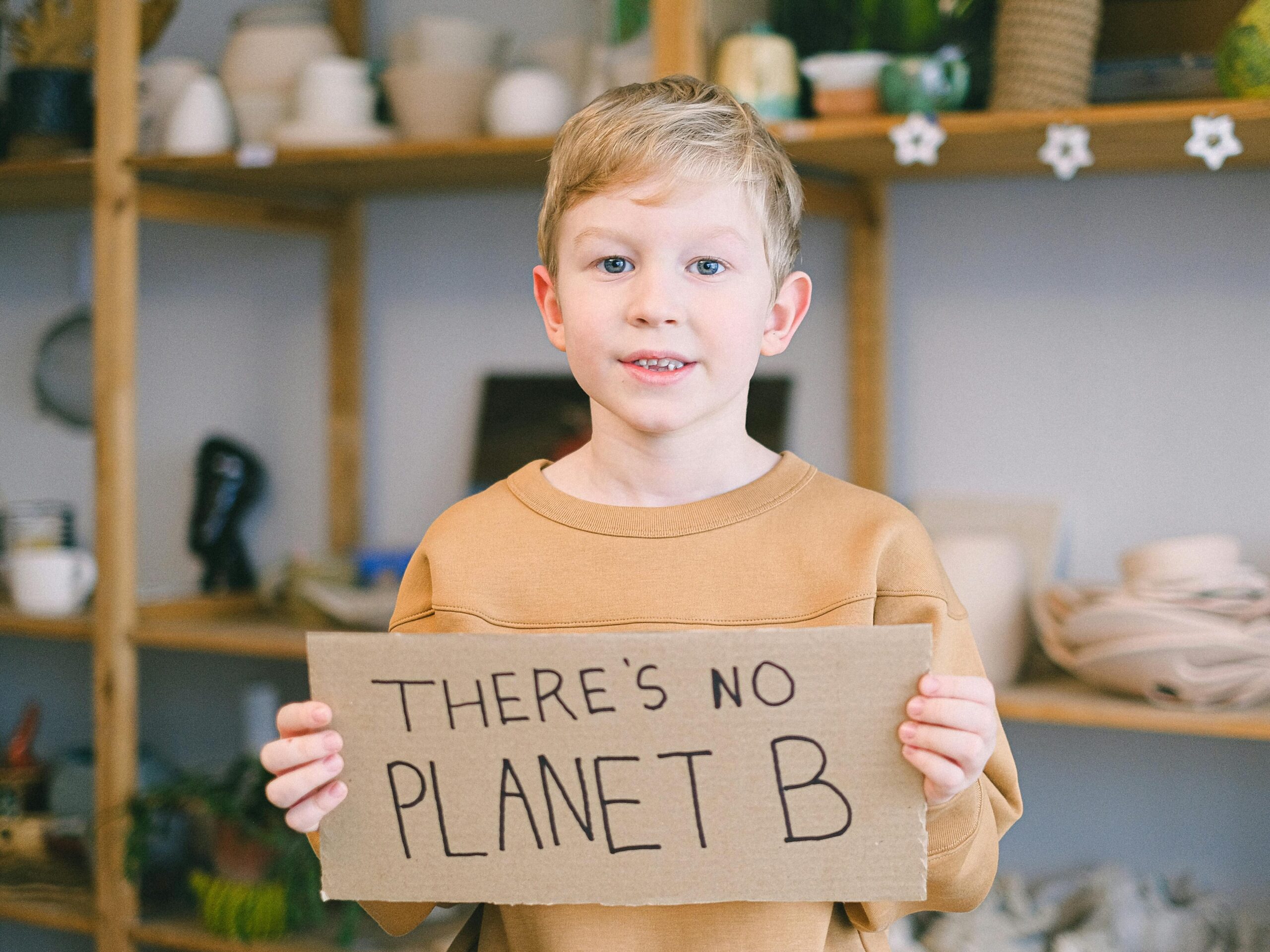
Importance Of Eco-Literacy In Education
Teaching eco-literacy in schools is crucial for building a generation that cares about the environment. And it cannot be taught by making them memorize facts about trees and recycling plastic.
The curriculum, whether school-based or home-based, must be integrated with hands-on activities and community involvement. It will help students see the connection between their actions and the planet’s health, encouraging them to adopt sustainable habits. When students grasp this, they will start thinking about small actions, like cutting down on plastic or saving water, that add up to big changes.
Some schools are already leading the way. For instance, project based learning (PBL) method uses outdoor projects to show kids how sustainable living works, sparking curiosity and a sense of responsibility. This kind of learning builds environmentally aware and resilient students who are ready to tackle real-world challenges.
What Strategies Can Be Adopted To Commonize Ecological Literacy At School Level?
Bringing eco-literacy into the classroom doesn’t need to feel overwhelming. Here are five straightforward, creative ways to get students excited about the environment:
1. Get Outside And Let Them Explore
Head outdoors to a local park or even the schoolyard. Let students watch birds, study plants, or track weather patterns. The autonomy to explore not only excites them but also sparks the inherent sense of responsibility towards their surroundings.
If leaving isn’t an option, try growing a mini herb garden in class; it’s a hands-on way to show how living things depend on care and balance.
2. Team Up for Green Projects
Start a class initiative, like a compost bin or a water-saving challenge. Kids can turn empty lots into vegetable patches, learning about soil health and teamwork while growing food for their community.
3. Bring Tech into the Mix
Use free online tools to make eco-lessons pop. A map app can show how nearby forests have changed over time, while a website might reveal the eco-impact of a favorite snack. It’s a fun way to connect everyday life to bigger environmental ideas.
4. Play the “What If” Game
Encourage students to think ahead. Before tossing something out, ask: “What happens to this next? Could we reuse it instead?” This builds a habit of considering the planet in every decision.
5. Discover Nature’s Patterns
Dive into how ecosystems tick—think food webs or how rain keeps rivers flowing. A simple activity like mapping out what eats what in a nearby pond can reveal why every creature matters.
These ideas are flexible and can fit any classroom. They make eco-literacy in education feel less like a lesson and more like an adventure, inspiring kids to think and act with the environment in mind.

Some Eco-Literacy Terminologies Made Simple
To get started, students need to know a handful of key terms. These words are stepping stones to understanding ecological literacy. Keep them simple, and students will catch on fast.
- Ecosystem: A group of living things—like fish, plants, or bugs—working together with their surroundings, like a lake or a forest. It’s nature’s teamwork in action.
- Biodiversity: The mix of different plants, animals, and other life in one spot. A park with tons of species is stronger than one with just a few.
- Sustainability: Taking care of today’s needs without messing things up for tomorrow. It’s like borrowing from nature, but always giving back.
- Carbon Footprint: The mark we leave on the planet from stuff like driving or using lights. Smaller footprints mean a happier Earth.
- Renewable Energy: Power from endless sources, like sunshine or wind. It beats out stuff like coal that runs dry and pollutes.
Benefits Of Eco-Literacy: What It Does for Students
Teaching eco-literacy pays off in big ways. Research shows it seriously boosts what kids know about the environment—a study found a major leap in understanding (effect size of 0.953) after eco-focused lessons [1]. That means students don’t just learn facts; they really get how nature works.
It also shifts their mindset. The same research saw students grow more worried about environmental problems (effect size of 0.384) and more likely to do things like recycle or turn off lights (effect size of 0.410). This suggests eco-literacy education can empower students to think critically and act responsibly, that’ll make an actual difference I referred to earlier.
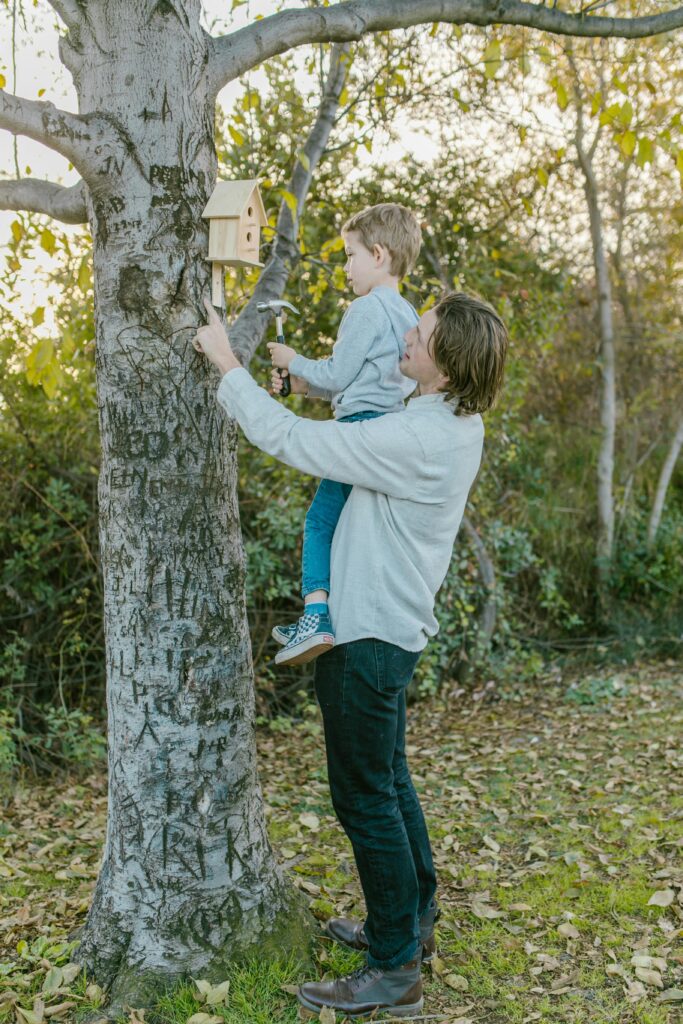
Assistance
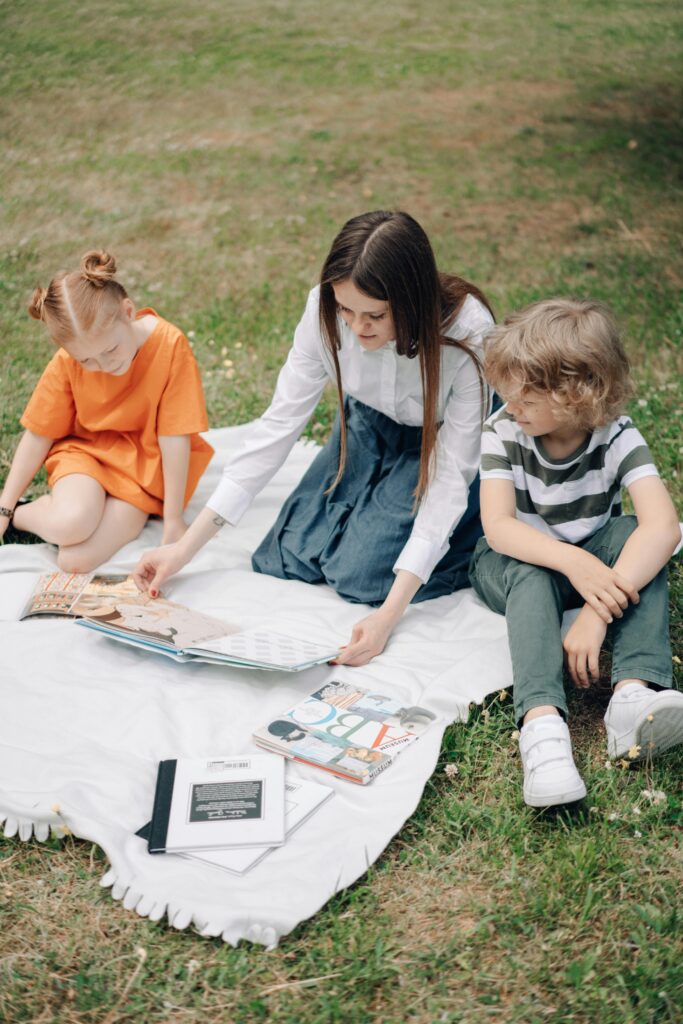
Supervision
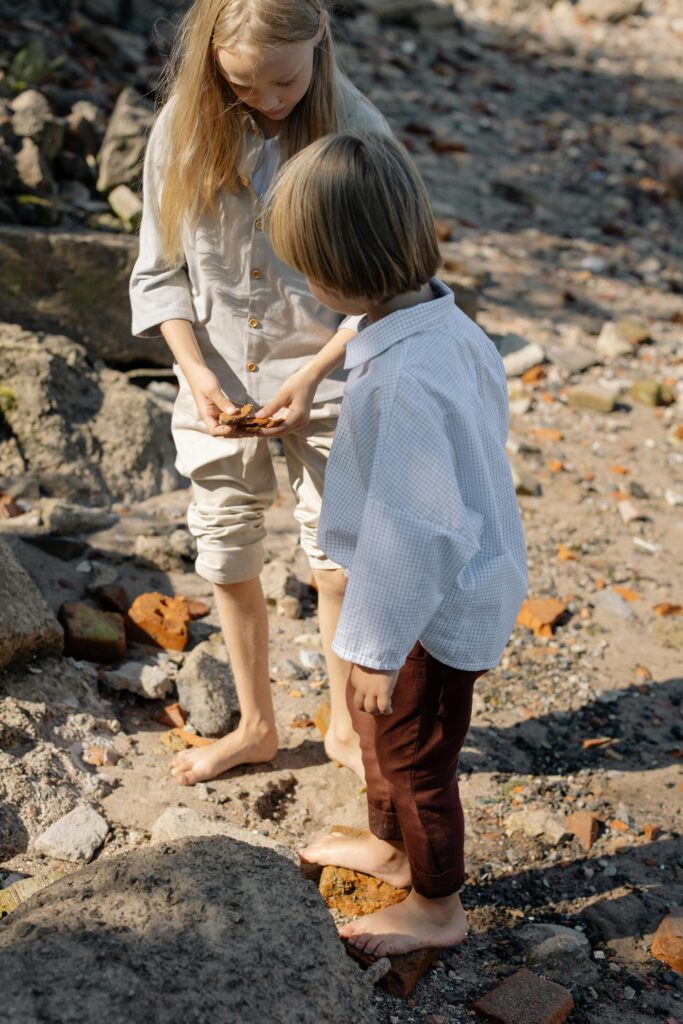
Autonomy
Wrapping It Up
Eco-literacy in education sets students up to protect the planet. By weaving in lessons about nature’s systems, sustainable habits, and smart choices, we give them tools to face the future. This is where collaboration between educators and global policy makers comes into play.
Whether it’s through curriculum reforms or experiential learning, such as outdoor trips, group projects, or a quick tech demo, these ideas are easy to start and packed with impact. They provide educators a chance to spark curiosity and responsibility in every student. So, why not take it and watch the future leaders grow into environmental stewards of tomorrow.
